
Source: Vitaedesign
 |
Climbing Toward the World’s First Rope-less Elevator System Almost one year ago, elevator manufacturer ThyssenKrupp announced its plans to develop the world’s first rope-free elevator, MULTI, which promised to convey building occupants not only vertically, but horizontally, as well. Now, it boasts the first fully functional model, and it’s working and moving as planned. Unveiled yesterday at the ThyssenKrupp Innovation Center in Spain, the 1:3-scale model features a pair of 32-foot-high shafts shared by four cabs to demonstrate linear motor technology, which is based on magnetic levitation (Maglev) trains. Source: Architizer |
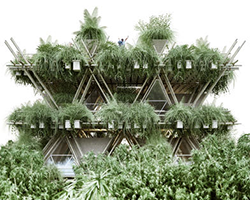 |
These Cities Of The Future Would Be Built Entirely Of Bamboo What if cities were surrounded by pollution-sucking bamboo forests, and built from bamboo instead of steel? ... As the plant grows—as much as a foot a day—it acts like an air purifier, generating up to 35% more oxygen than a similar stand of trees, while absorbing the same amount of carbon dioxide. As it's harvested, it automatically regrows without being replanted. And in a building, it's two to three times stronger than a steel beam of a similar weight. Source: Fast Co. Exist |
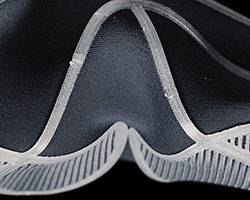 |
MIT's Experimental 3D-Printed Sneaker Shape-Shifts To Fit Your Foot At the moment, 3D printing is still mostly about experimentation. While it hasn't quite taken off to revolutionize the way consumer products are made just yet, it does offer a lot of exciting, innovative ideas, especially in the realm of sneakers. MIT's Self-Assembly Lab, a group focused on research into "active" materials, is working in collaboration with product designers Christophe Guberan and Carlo Clopath on one of the most unique footwear possibilities involving 3D printing: It's a shoe that can be "programmed" to match the contours of your foot. Source: Quartz |
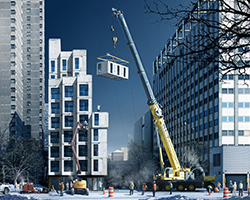 |
7 Smart Ways to Design Housing That's Actually Affordable There's a big difference between affordable housing and housing that is affordable. Affordable housing is the government-subsidized kind. The latter, on the other hand, describes the "ways that architects or engineers have reduced the cost of owning a house, renting a house, or constructing a house," says Marc Norman, who recently curated an exhibit on the subject at The Center for Architecture in New York City. Source: Wired |
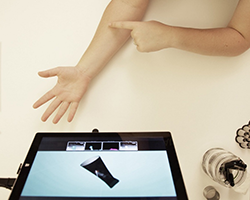 |
Design 3D-Printed Wearables By Pinching And Poking On-Skin Projections Tactum extracts features from the user's body to create an interactive digital geometry that is projected onto the skin. This takes the form of bands of light on the user's arm, which is otherwise in darkness. By touching these on-skin projections, the user can manipulate their shapes and design a personalized wearable. For example, they can pinch a projection to alter its thickness, drag projections to change their position or run their finger along a set of bands of light, stopping in-between to to create an empty space. Once they are satisfied with a design, users can access bespoke ready-to-print and ready-to-wear wearables. Source: PSFK |
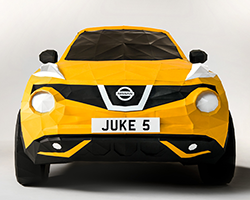 |
Nissan Forms Full-Size Origami Car With 2,000 Folded Paper Sheets To celebrate the 5th anniversary of the Nissan Juke, British artist Owen Gildersleeve collaborated with the Japanese automobile manufacturer to create a life-size origami replica of the SUV. The unique sculpture features 2,000 folded pieces of paper and took more than 200 hours to make, hand built to the exact dimensions of the current Juke. The origami vehicle includes the same design elements — wheel fenders, lights and grill — that give the real-life model its distinctive quality. symbolically, the project nods to Nissan’s Japanese heritage and references the very first steps of car design, getting an idea onto paper. Source: DesignBoom |
 |
Architects Say This Apartment Complex Is The Year's Best Building–Here's Why What do villages look like in a world where most people live in cities? Can close-knit communities even exist in the megapolis of the future? The Interlace, an unusual apartment building that was just crowned Building of the Year, thinks so. ... Awards aside, it's easy to see the future in the Interlace. This is a building that anyone who has ever lived in a city–and felt alone there–can relate to. It’s an attempt to make tall, dense apartment buildings capable of harboring healthy communities, like barnacles clinging to a concrete wall. And it does so with some really, really clever ideas about massing. Source: Gizmodo |
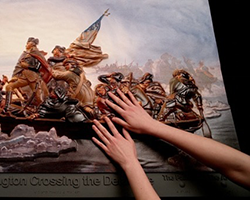 |
3D Printing Process Helps Blind People "See" Art New York-based company 3Dphotoworks is aiming to make the 2D world of art accessible to blind people using a 3D printing process that turns paintings, drawings and photographs into 3D printed tactile fine art. Developed in collaboration with the National Federation of the Blind, the process of 3D tactile printing was inspired by the works on neuroplasticity by Dr. Paul Bach-y-Rita, a neuroscientist at the University of Wisconsin-Madison. Source: GizMag |
 |
Hong Kong's High Rises Are Best Seen From The Ground Some 7.2 million people live in Hong Kong, a region that covers 426 square miles. Cramming that many people into so small an area requires building up. And up. And up. Peter Stewart's series Stacked provides a dizzying view of the high-rises most Hongkongers call home. Source: Wired |
 |
The Business Of Design Success: How Did BIG Get So... Big? The Bjarke Ingels Group (BIG) seems to have an outsized impact in all it does. The Copenhagen-based design firm turns conventions and assumptions upside down and combines contrasting possibilities in outrageously bold, imaginative and playful ways. ... The world has taken note. Whether in praise or criticism, the architectural, cultural and business media tend to strike a heroic tone when describing the firm’s work: radical, ambitious, bold, confident. In short…BIG. Source: ArchDaily |
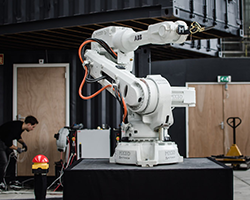 |
How Robots Are Building A 3D-Printed Metal Bridge In Amsterdam The quaint, cobblestoned city of Amsterdam is about to get a modern addition: a 3D-printed footbridge. The canal-spanning bridge, which is on track to be completed by 2017, is the brainchild of MX3D, a tech startup based in the Dutch capital. The bridge will be constructed entirely by robots that can "print" complex steel objects in midair. The autonomous bots are like mechanical, torch-wielding welders that melt together layer upon layer of steel to form a solid object, said Tim Geurtjens, MX3D's co-founder and chief technology officer. Source: LiveScience |
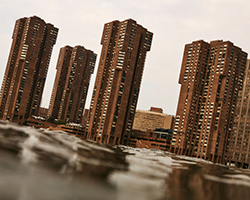 |
In These Photographs, New York City Is Drowning Photographer Zev Schmitz took a deep breath and created an incredible architecture photoseries of New York City. Every photo was taken from the waters that surround Manhattan. It's a bit like seeing the near-death experience of a drowning person. But it also feels like you’re seeing a majestic new world emerging. The fast-moving cold current and underwater camera housing caused difficulties in shooting. But the real challenge came from commuter ferries, barges, and frequent stops by the NYPD and U.S. Coast Guard. Source: Gizmodo |
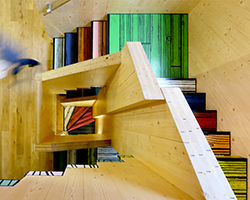 |
Architects Embrace "The Beginning Of The Timber Age" Wood is taking over from steel and concrete as the architectural wonder material of the 21st century, with architects praising its sustainability, quality and speed of construction. New types of engineered timber that are considerably stronger and more stable than regular wood are allowing architects to build bigger and higher, with timber skyscrapers now a real prospect. Source: Dezeen |
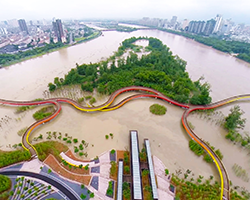 |
From Glittering Mosque To Miniature Stadium, Highlights Of The 2015 World Architecture Festival The World Architecture Festival, the world's biggest international architectural event, has just announced its 35 winners of 2015. Ranging from a glittering mosque in Qatar to a vertical village in Singapore to a Swedish football stadium in miniature, the winning designs offer a glimpse at where architecture is heading, both stylistically and in terms of innovation and sustainability. Source: Hyperallergic |
 |
Algorithmic Clothing Lets You Pick The Exact Design Scheme You'd Like To Flaunt Print All Over Me, a digital community that’s in the business of creating clothing and objects, and the Processing Foundation, a nonprofit program dedicated to offering software literacy to artists and visual literacy to techies, have teamed up. The partnership consists of algorithmic designs that are picked by costumers dynamically in a way that promotes both organizations. Source: PSFK |
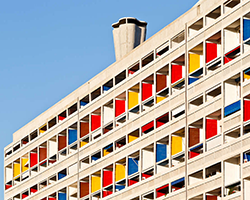 |
The 7 Ages Of Modern Concrete Over the past century, the perception of concrete has more dramatically fluctuated than that of any other material. At various times and locations across the globe, this ubiquitous substance has experienced life as architecture's most loved and loathed material, simultaneously its most iconic and its most divisive. The humble mixture of aggregate and cement has inspired entire theoretical movements within the profession and helped alter entire cities in the process. As a consequence, many concrete buildings now stand as powerful social metaphors that reflect the very identity of the people that designed, built, and lived within them. Source: Architizer |
No comments:
Post a Comment